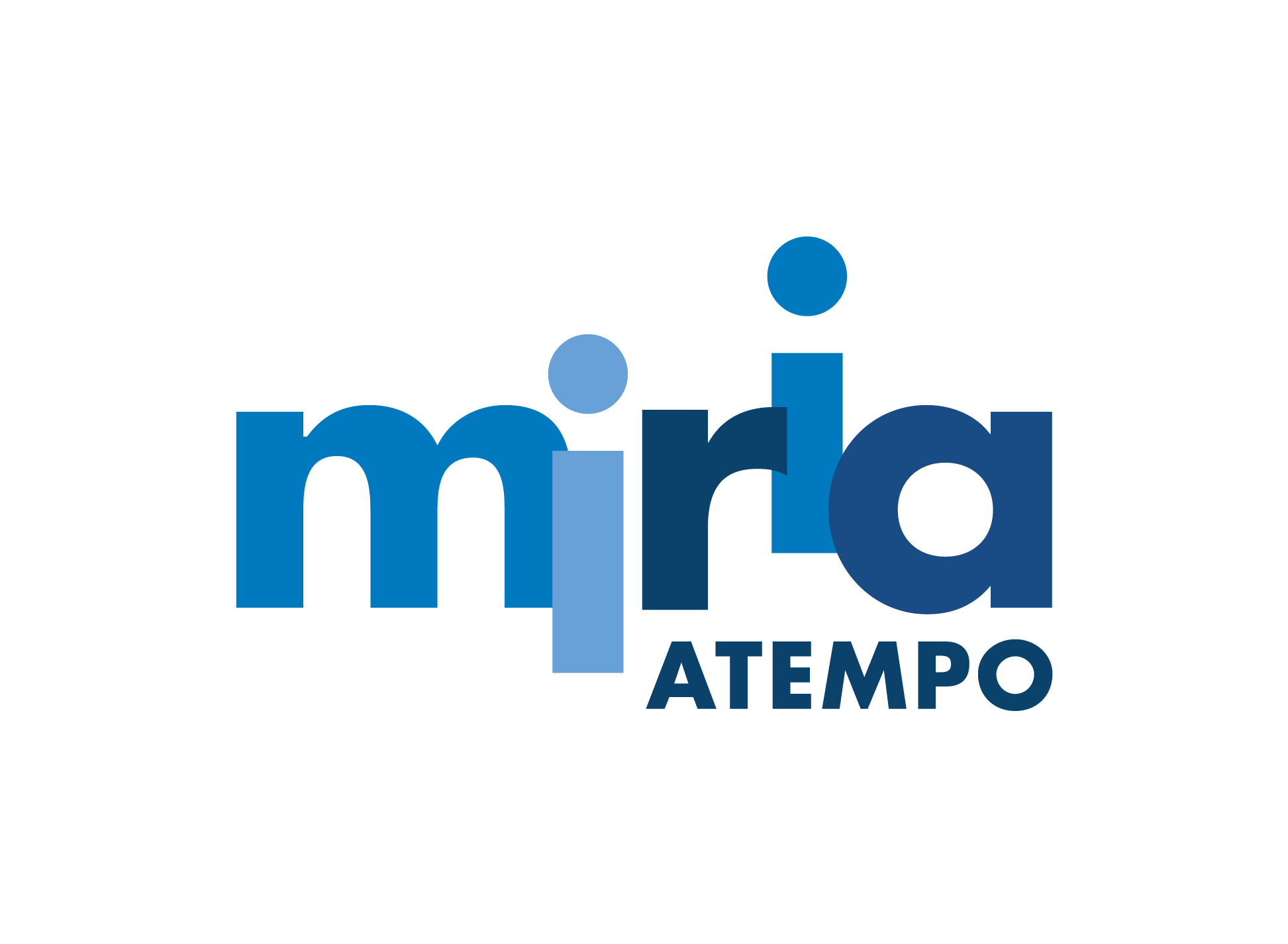.png?width=1951&name=MicrosoftTeams-image%20(13).png)
Education and Research are currently experiencing annual data growth rates above 30%. The question of storing and managing this data has become crucial.
When a storage equipment reaches capacity, you need to consider additional and preferably more powerful equipment to store essential data, improve the competitiveness and reduce operating costs. Strategic topics in the sensitive fields of Education and Research place security at the top of any storage equipment shopping list.
The Summer break is a suitable time for universities and research centers to replace an ageing storage unit with higher capacity and higher performance storages. When it comes to moving large volumes of unstructured data, migrations can be extremely risky, even for the most experienced storage manager.
How to best avoid the pitfalls when migrating data and files from your old storage system to the new one? How to best ensure source storage availability during the migration? And why your migration project depends on your choosing a robust and efficient solution.
***
MOVING LARGE VOLUMES OF FILES AND DATA: A RISKY AND COMPLEX PROJECT
A migration process is a major challenge for an organization. First, data migration from a source to target storage can take several weeks or more, especially when substantial amounts of data are involved with complex file trees to navigate and transfer. Moreover, storage production must be maintained throughout the migration.
Migration can also cause data integrity issues. For example, data on the original server which is lost during migration. Or poorly copied access rights or lack of support for soft and hard links can cause migrations to fail or only partially succeed. Lastly, it is not unusual to find compatibility issues between different storage vendor equipment during the migration process.
Data moving is also a source of concern for users. Throughout the entire process, questions and concerns are raised about the migration: data accessibility or reversibility of a given synchronization. Rigorous upstream planning is key to a successful migration project.
***
A MIGRATION STRATEGY IS THE KEY
Data migration from source to target storages should be carefully prepared. Here are the key steps for a successful migration:
- Identify end-user needs. Get them involved in the migration project;
- Migration project mapping: assess the volume of data to migrate, its nature and the complexity of the IT environment;
- Prepare data migration;
- Choose a tool capable of handling petabytes of data in complex and heterogeneous environments;
- Conduct a migration pilot test to avoid affecting production;
- Check each incremental file synchronization and ensure overall success.
While planning a migration project, get professional help and find the right data migration tool.
***
MIRIA FOR MIGRATION: A POWERFUL MIGRATION SOFTWARE PLATFORM FOR LARGE DATA SETS
In a buoyant file migration solution market, it's not easy to find the most suitable tool, particularly in the Research & Education sectors. Data movement affects hundreds of thousands or even millions of files ranging from several hundred terabytes to many petabytes of data.
Miria for Migration has a rich feature set to manage large data sets:
- Fast and flexible file collection and migration;
- Quick identification of files which need to be migrated from source storage using FastScan feature (no repeat file tree scans);
- Priority is given to production and guarantees service uptime;
- Adjustment of the power needed at each stage when migrating enormous amounts of data;
- Iterative migration cycles reproduce any modification made to the source storage on the target storage ensuring that data migration and production storage coexist, and that data integrity is always maintained;
- A “continuous” migration flow allows the switch between source and target storages without affecting production or migration;
- File transfer logs and reporting;
- Expert professional support to respond to all your needs and concerns.
Data is your most precious asset. Combined with a well-defined migration strategy and with its power, efficiency and vendor-agnostic approach, Miria for Migration helps you to protect and manage this asset. Even at a petabyte scale, the solution migration with zero data loss and zero production downtime. .
***
Further information:


